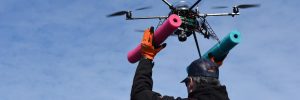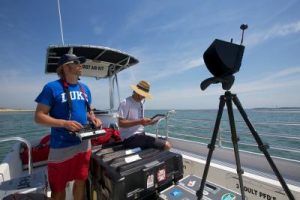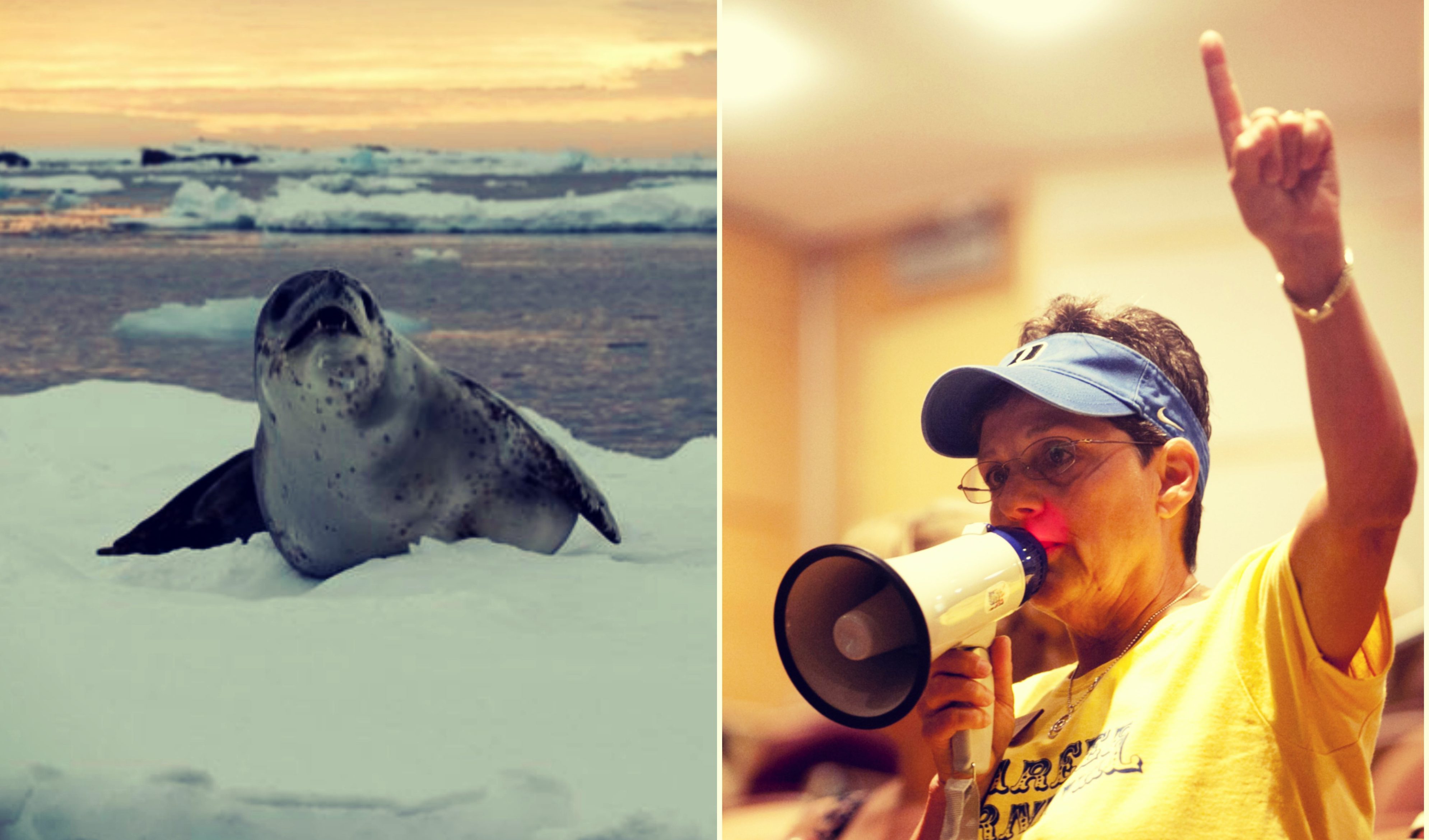 Nicholas School Associate Professor Grant Murray has worked for years with the Tla-o-qui-aht First Nation on Vancouver Island, British Colombia to understand how they are strengthening their own approach to land and ocean management. The Tla-o-qui-aht, like other Canadian aboriginal groups, are regaining control over land use decisions and resource management in their traditional territories and are developing new rules, systems of governance and land use plans.
Nicholas School Associate Professor Grant Murray has worked for years with the Tla-o-qui-aht First Nation on Vancouver Island, British Colombia to understand how they are strengthening their own approach to land and ocean management. The Tla-o-qui-aht, like other Canadian aboriginal groups, are regaining control over land use decisions and resource management in their traditional territories and are developing new rules, systems of governance and land use plans.
But one thing the Tla-o-qui-aht need, says the Duke Marine Lab-based Murray, is increased technical capacity to do the work. “Without good maps and the ability to monitor their land base for themselves, they are dependent on data and resources from other organizations or agencies, some of whom may have competing interests.”
With the launch of the Marine Robotics and Remote Sensing Lab (commonly called “the Drone Center”) at the Marine Lab, Murray and Drone Center Director David Johnston saw the potential to help the group build capacity.
“With the Drone Center, we have a broad array of technical capability as well as the ability to train people to make use of this technology,” Johnston explains. “Because flying drones has become quite simple and affordable, it is now possible for people to generate their own data on land use. It becomes a very powerful tool.”
 In June, Murray and Johnston went to Vancouver Island to talk with community members about how the Drone Center might be able to help them achieve their resource management goals. The Nicholas duo also conducted a workshop for local resource managers and NGOs.
In June, Murray and Johnston went to Vancouver Island to talk with community members about how the Drone Center might be able to help them achieve their resource management goals. The Nicholas duo also conducted a workshop for local resource managers and NGOs.
“We had three young people participate in the drone workshop, which was very exciting to everyone, since this small community has fairly limited opportunities for STEM education,” Murray notes. “These kids got to learn about aeronautics, computing, resource management – and they got to fly these things!” (Check out this cool drone’s-eye-view video from the workshop.)
The Tla-o-qui-aht have purchased two drones, and are working with the Nicholas team to determine how this technology can best help advance their goals. Possibilities include everything from using the drones to monitor gooseneck barnacle fisheries, to looking for valuable timber, to developing trails for ecotourism.
Ultimately, the most valuable resource the Nicholas School can provide in this area is training, Johnston notes. Recent grants from Oak Foundation and the National Science Foundation will help the Drone Center offer training as part of the Duke Marine Conservation Summer Institute, and Johnston and Murray hope to bring a Tla-o-qui-aht resource manager for the summer to engage with the broader marine conservation and resource management community.
During the June visit, Murray and Johnston also began to explore the possibility of creating experiential learning and research opportunities for Duke students to work with the First Nation on the drones or other projects.




